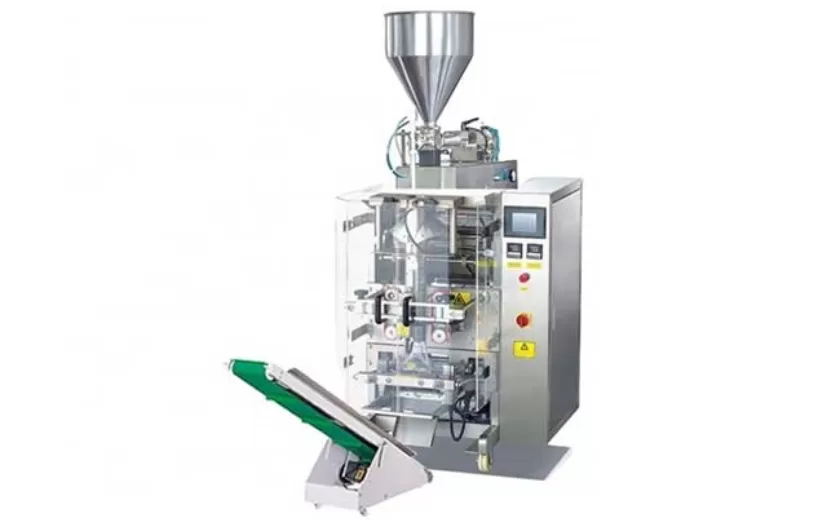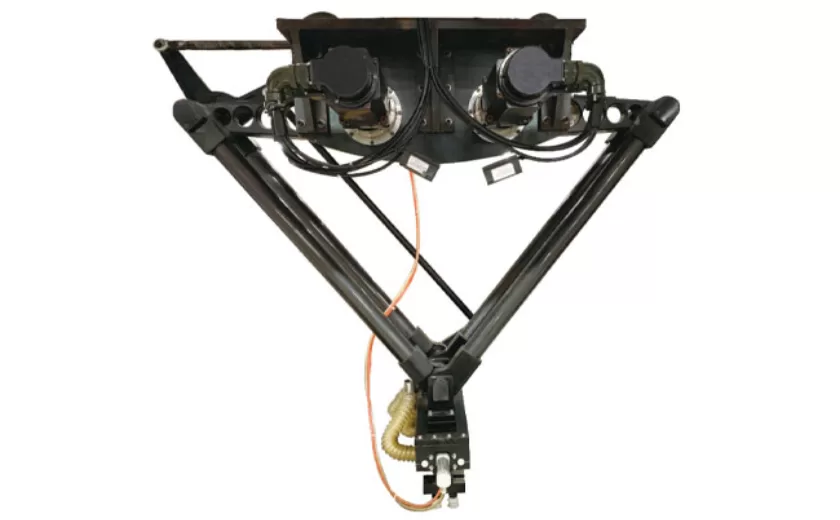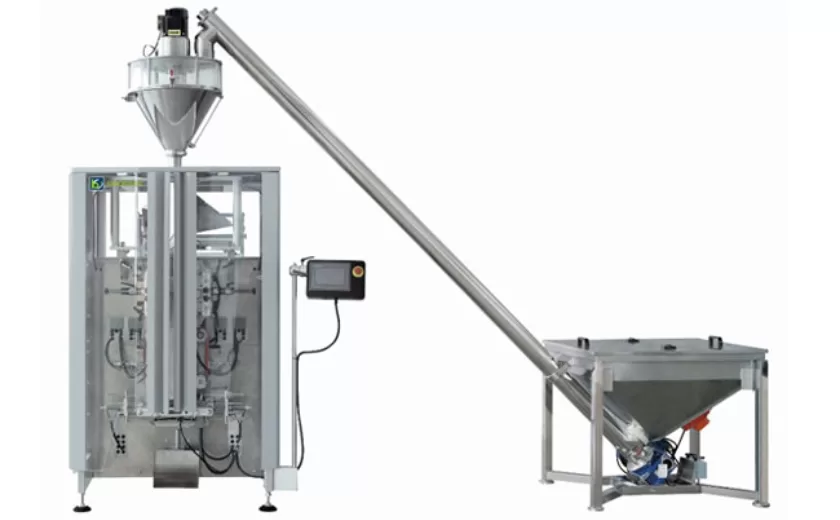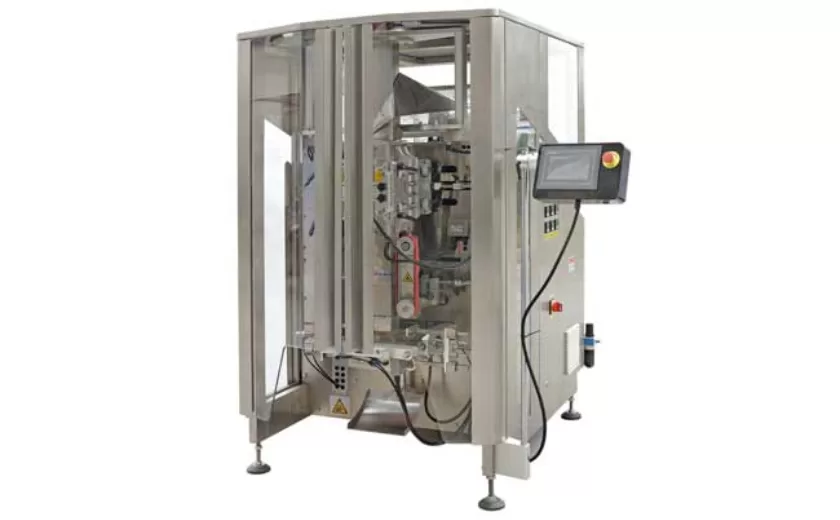The Science Behind Tomato Paste Packing Machine Technology
In the realm of food processing, tomato paste packing machines play a crucial role in preserving and packaging the flavorful concentrate derived from ripe tomatoes. These machines utilize advanced technologies to achieve optimal performance and preserve the quality of the paste. This article delves into the scientific principles underlying tomato paste packing machine technology, exploring the intricate mechanisms that ensure efficient and reliable operation.
Pumping and Filling
The heart of a tomato paste packing machine is its pumping and filling system. Pumps, such as piston pumps or centrifugal pumps, propel the thick tomato paste from storage tanks to the filling nozzles. The nozzles carefully dispense the paste into pre-formed containers, ensuring precise measurements and minimizing waste. The filling process is often automated using sensors and programmable logic controllers (PLCs) to maintain consistent filling levels.
Container Sealing and Capping
After filling, the containers are sealed and capped to prevent contamination and maintain freshness. Sealing mechanisms, such as heat sealing or vacuum sealing, create an airtight barrier that preserves the paste’s integrity. Capping machines automatically apply lids to the containers, ensuring a secure closure that meets industry standards and prevents leaks.
Sterilization and Sanitation
Maintaining hygiene is paramount in tomato paste packing operations. Sterilization processes employ high temperatures or chemicals to eliminate microorganisms and prevent spoilage. Machines equipped with ultraviolet (UV) lamps or steam tunnels are used to sterilize containers and sealing equipment, reducing the risk of contamination.
Labeling and Packaging
Once the containers are sealed and sterilized, they are labeled and packaged for distribution. Labeling machines apply product information, such as ingredients, nutritional facts, and expiration dates, onto the containers. Packaging systems, including case packers and shrink wrappers, bundle the containers into larger units for storage and transportation.
Automation and Control Systems
Modern tomato paste packing machines leverage automation and control systems to optimize operations. PLCs and human-machine interfaces (HMIs) provide centralized control over the entire process, enabling operators to monitor and adjust machine parameters in real-time. Sensors and feedback loops ensure accurate measurements, consistent filling, and efficient operation.
Maintenance and Troubleshooting
Regular maintenance is essential for the longevity and performance of tomato paste packing machines. Routine inspections, cleaning, and lubrication prevent breakdowns and extend equipment lifespan. Troubleshooting protocols are implemented to diagnose and resolve any issues that may arise, minimizing downtime and maximizing productivity.
The science behind tomato paste packing machine technology encompasses a range of disciplines, including mechanical engineering, fluid dynamics, hygiene control, and automation. By understanding the principles underlying these machines, manufacturers and operators can optimize operations, ensure product quality, and meet the demands of the food processing industry.
-

Advanced Packing Solutions: Snacks, Sugar, and Frozen Food Machines
29-10-2025 -

Efficient and Reliable Solutions for Salt, Nuts, and Frozen Dumplings Packing
29-10-2025 -

High-Performance Biscuits, Lollipop, and Ketchup Packing Machines for Modern Food Production
29-10-2025 -

Efficient Liquid Filling and Packing Machines for Modern Production
23-10-2025 -

Reliable Granule Packaging Machines for Efficient Production
23-10-2025 -

Efficient Auger Powder Filling Machines for Accurate Packaging
23-10-2025 -

High-Performance Liquid Filling and Packing Machines for Hygienic Production
10-10-2025 -

High-Efficiency Granule Packaging Machines for Precision and Speed
10-10-2025 -

High-Precision Auger Type Powder Filling Machines for Efficient Packaging
10-10-2025 -

Efficient Vertical Form Fill Seal Packaging Machines for Smart Production
10-10-2025





